Lately, the word reality has gained a significant uptick in usage as the reality we find ourselves in is presently in a state of great change. Extended Reality (XR) is offering us novel ways to enhance and experience our world.
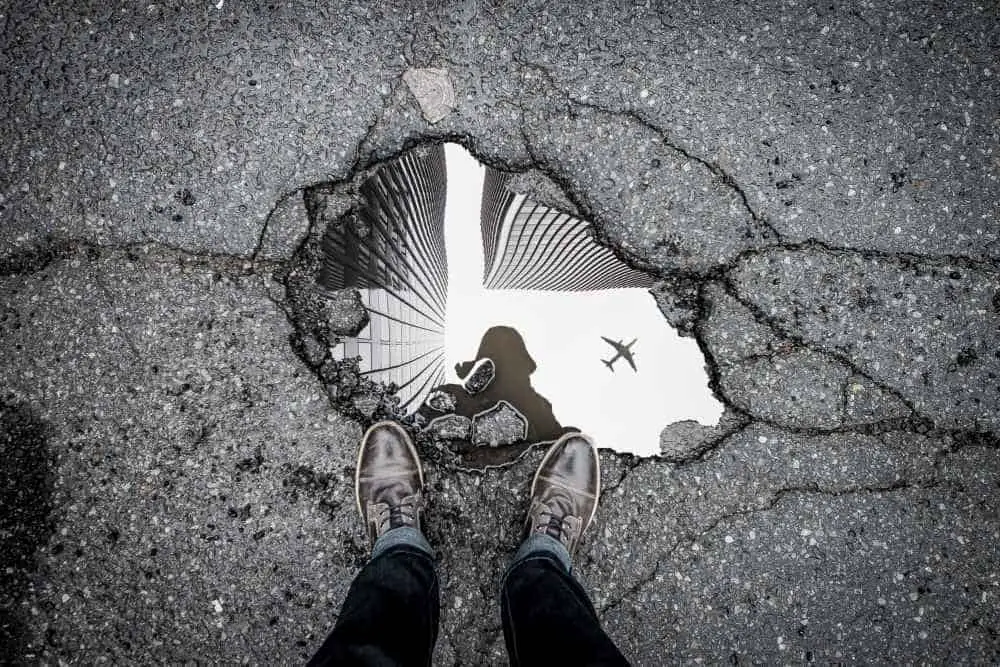
This resource is going to be quite long. For easier navigation within the article and to get an overview of the different topics covered, feel free to use the table of contents below.
What is Extended Reality?
Extended Reality (XR) is a term that aggregates augmented reality (AR), virtual reality (VR), mixed reality (MR) and other “enhanced” realities under one definition. In essence, XR covers the whole spectrum – from “completely real ” to “completely virtual” environments and also the technology and wearables associated with them.
Augmented Reality (AR)
Augmented Reality or AR allows us to blend elements of the virtual world and the physical world. This creates new possibilities for what we see, hear, and feel.
This technology presents the middle-ground between virtual reality and the real world – allowing us to combine elements of both into one.
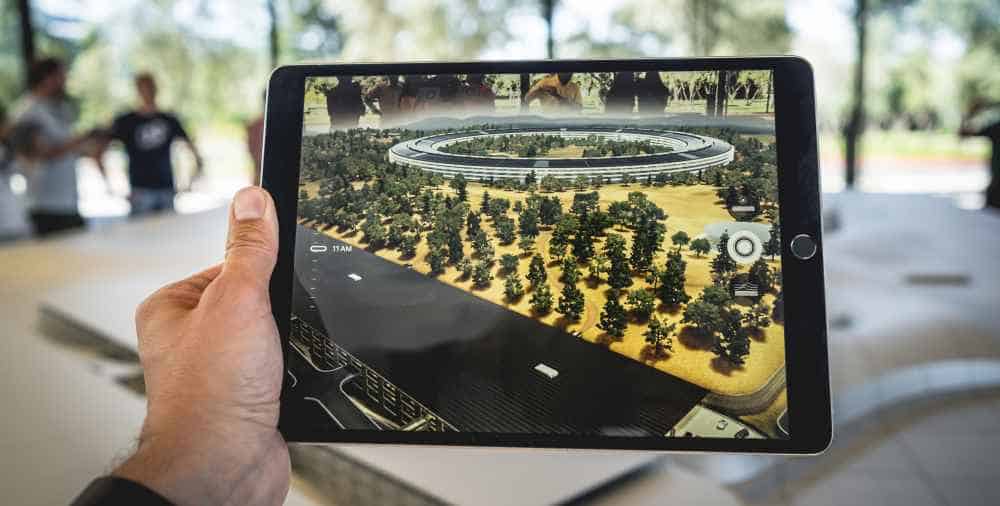
The augmenting part allows us to superimpose digital visual information over objects in the real world.
For example. The most popular game featuring AR has been Pokemon GO, with hundreds of thousands of people playing all over the world.
Mixed Reality (MR)
Mixed realty or MR for short. It’s similar to augmented reality in the way that it’s positioned between virtual reality and physical reality. It’s commonly referred to as a hybrid reality – where the aim is to merge physical and virtual environments.
It’s likely that a singular term will be used going forward to avoid further confusion.
Virtual Reality (VR)
Virtual reality (VR) is simply a simulated environment where a user is immersed into a 3D environment instead of using a traditional screen. Everything within this environment is computer presented to the observer through a virtual reality headset.
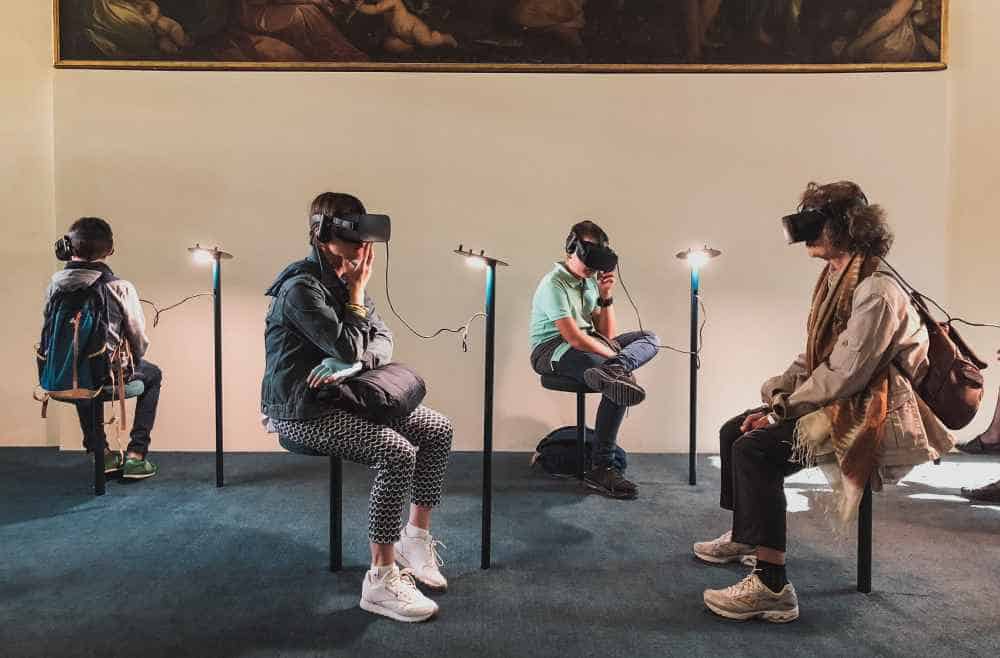
Applications and Use-cases
In the next several paragraphs we are going to have a peek at the many different areas where extended reality is used to innovate and improve the processes associated with them.
Automotive
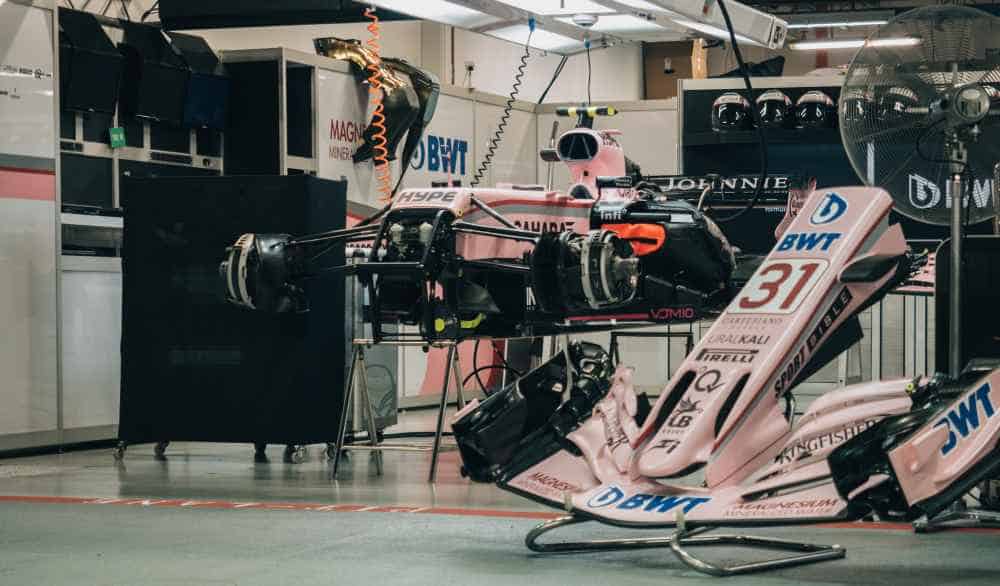
The automotive industry is beginning to take a look at how XR can benefit their stake in the market. Perhaps one of the largest factors contributing to success in an uber competitive market, requires faster time-to-market and a higher standard for the quality of products.
Virtual reality certainly has the capability which can catalyze the achievement of these aims. Here are some applications we can expect to see in the future.
Design

The design process of vehicles can be long and grueling. Oftentimes it requires continues modifications and reviews. It’s common for the whole process to revert to a previous step before the vehicle finally reaches production. This is one of the expensive and time-consuming aspects of the process.
The point here is that VR can reduce the monetary and time cost by elevating the need for physical mock-ups with virtual ones. This means that there will no longer be a need to rebuild physical mock-ups in the case of design errors.
The fact that this takes place in the virtual environment presents the possibility for multidisciplinary teams, as well as teams spread across the world, to work together on the same project at the same time.
Manufacturing
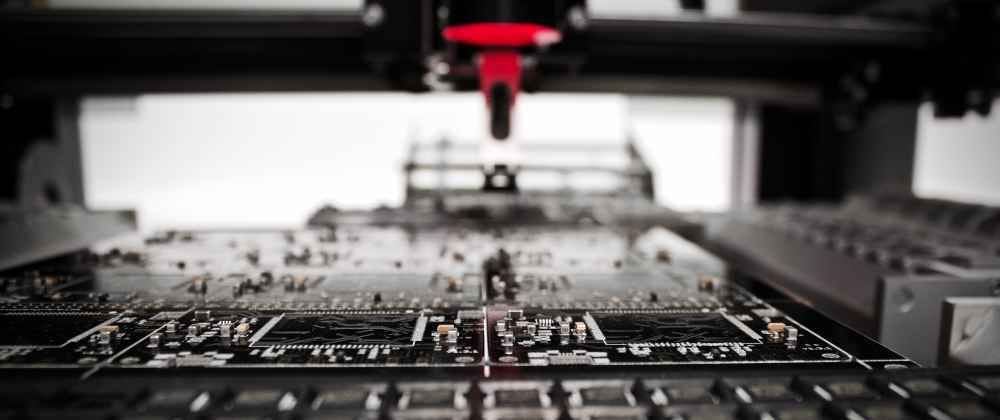
Virtual Manufacturing or VM is the application of VR to the process of manufacturing. Virtual manufacturing presents numerous advantages. From improved decision-making to cost reduction and the control of the manufacturing processes.
Virtual Assembly (VA)
VA allows for the assembly and disassembly of virtual objects. It raises worker’s well-being of health and safety measures by creating risk-free mock-ups.
Training
A 2015 study demonstrated that mixed reality was the preferred method of training for automotive service operations.
It should then come as no surprise that the persisting benefits of VR in the automotive industry have peaked interest. Particularly the interest of automotive original equipment manufacturers (OEMs).
A perfect example of these manufacturers is Jaguar Land Rover (JLR), a successful luxury vehicle manufacturer selling vehicles in 170 countries worldwide. Their engineering and design headquarters in Waqrwickshire, UK plays host to the Virtual Innovation Center (VIC), a world-leading center for VR technologies for automotive applications.
Healthcare
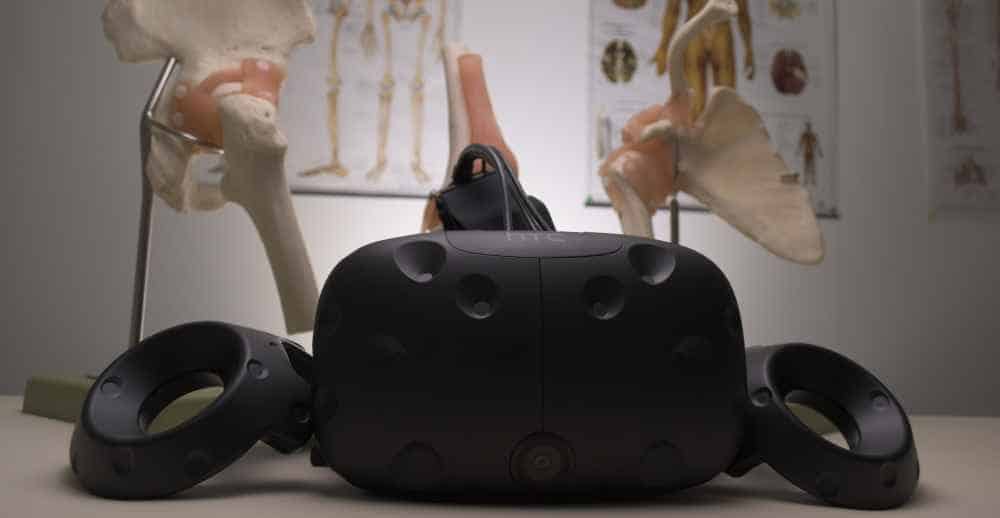
As it relates to the healthcare industry, VR is a hot topic. As the technology matures and widens its net of impact, it’s benefit to the healthcare field is beginning to grow.
VR presents opportunities from the clinical to the consumer. It’s estimated by 2020, the global market could be upwards of $3.8 billion. The range of application is wide. From robot assisted surgeries, to procedure training, to pain management and behavior modification. Further development of VR for the medical field means positive impact on care, caretakers, and overall health.
What’s the latest verdict on using VR in healthcare
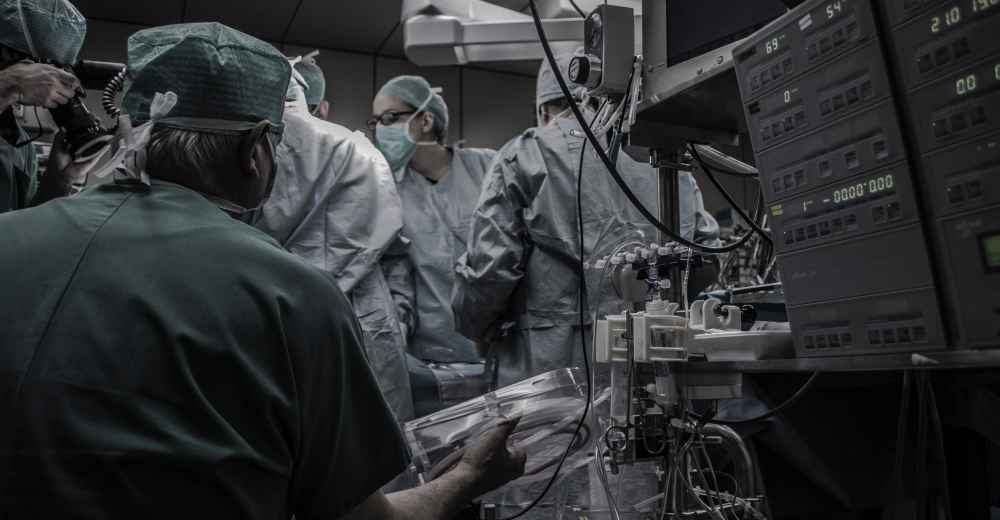
As a whole, the healthcare industry is keen to implement new technology. In comparison to the tech community and the consumer world, however, there is significantly more regulation in adopting new technology. The reason being is that the risk of adopting a product that malfunctions can be too great – death of a patient in the most extreme cases.
In terms of real-life application there are several forward thinking hospitals currently using VR as part of their regular practice. – Niclaus Children’s Hopsital, Mimi Children’s Health System – are currently using VR for instructional software and a number of procedures such as cardiopulmonary resuscitation (CPR), Start an IV, nasal gas tube insertion, wound care and the Heimlich maneuver.
How can health related VR evolve in the future?
It would seem that the largest gains for VR will be in training and virtual surgery rather than direct-to-consumer side. Here are a few consumer-facing niches that VR will revolutionize. Post traumatic stress disorder and phobia treatment.
The high cost of equipment and training in healthcare means that VR is in a position to have a high impact within this area.
Medical students are currently only training with cadavers– these are difficult to obtain and often don’t react in the same way as a live patient would. Training in virtual reality would allow the procedures to be recreated and monitored in such a way that would see an increase in their effectiveness.
As mentioned before, there is a big potential in this market with $3.8 billion up for grabs in 2020 he anticipated growth in the sector is foretasted by the opportunity for startups entering the space looking to create profit. This will be followed by a wave of consolidation as the technology grows and finds product market fit with consumers in the space.
AR in Healthcare
It is not only VR that can benefit the healthcare industry. AR has as much if not more potential in the field. In my previous articles I have written about the various benefits of AR in medicine and surgery. I have also discussed the medical use-cases of Hololens and how autistic people can use smart glasses.
Education

The ability to extend our reality, will ultimately play a key role in extending our education. As process that allow us to take in, relate, and communicate information, XR will help deepen our understanding as sensory and feeling creatures.
Early Childhood Learning
Children, especially at an early age develop by taking in the input around them with the aim of developing a working framework for the world. By listening, children mimic what they hear and will in this way learn how to speak. By looking and interacting with objects in the physical world, children develop a working model of the greater world around them.
The possibility of XR will offer an unprecedented depth of learning and exploration. By creating a learning experience that’s exciting and engaging, the learning curve will ultimately go down and children will be able cultivate their curiosity.
Deeper Learning

Because there are so many elements that go into learning, understanding, and mastering concepts within the world it seems that only a select few have the ability and patience to go through the process of learning.
Take for example students completing undergraduate and graduate studies. In these programs there is a ton of information which has to be absorbed in a relatively short amount of time. Traditionally this has been done by writing down oral or written information onto paper with the intent of committing it to memory.
The issue is that with this method is that much of the information is not retained. During the process of learning our brain creates neural links. These links are made stronger if the experience is more in-depth. The more we’re cognitively focused or interested in our learning the stronger the resulting memories.
Because XR presents no physical boundaries learning becomes limited only to the imagination – and we all know there are no limits there. But how exactly can it benefit us?
Training and Vocational

VR offers 360 view of 3D objects. This means engineering and mechanical students will be able to see details of engineering projects allowing the ability to deconstruct to the smallest details and reassemble to get an overview of the whole.
Media and Arts

Although science and technology will benefit greatly, these fields won’t be the only ones using extended reality to further education.
Immersive 360-degree videography and photography are fast becoming one of the largest applications of VR and AR technology. This gives today’s and future content creators the tools to create immersive multi-perspective films and environments.
Collaboration in Learning
Humans are a social species. This means that we thrive in collaborative environments where we can work towards an end goal with other like-minded humans. Imagine working on a project with people from Brazil, Moscow, Tokyo and Paris. In real time and in the same virtual environment. Distance has become a thing of the past. But now we’re aiming to be together in the same place as never before.
I have also previously written more thoroughly about the benefits of virtual reality and augmented reality in education. Feel free to dive in if the topic sparked some interest in you.
Military

Although the distribution of AR and MR within the market by 2022 is in favor of video games 34% and military at 5%, the military sector has been at the forefront of emerging technologies.
Remember first person shooter games like “Modern Warfare”. Having a detailed map of the game’s environment along with information around the screen which presented you with valuable information to give you and advantage?
Well fiction comes to reality, as AR developers are work to bring these gaming concepts into reality for troops engaged in real combat.
Situational Awareness
This form of awareness is one of the key factors in the successful completion of a tactical mission. This means having real-time awareness of a present environment with all the relevant variables pertinent to the situation.
Tactical augmented reality (TAR)

Looking like a standard set of night-vision goggles (NVG), TAR offers soldiers real-time location, and the positions of allied and enemy forces. Having the GPS and night vision in one helmet instead of in additional peripheral equipment allow the soldier to maintain focus.
To further increase focus and maneuverability, the display may be split in two. This allows the soldier to see where their gun is pointed as well as seeing the view from the frontal camera mounted on the helmet. For example. A soldier may see around a corner or over a wall without exposing themselves to a possible headshot.
The final factor to the TAR system which really puts the cream on top is that it maintains its own wireless network. This allows the soldiers to share information among their cell. Furthermore, it allows members to input data as the field situation changes.
Training
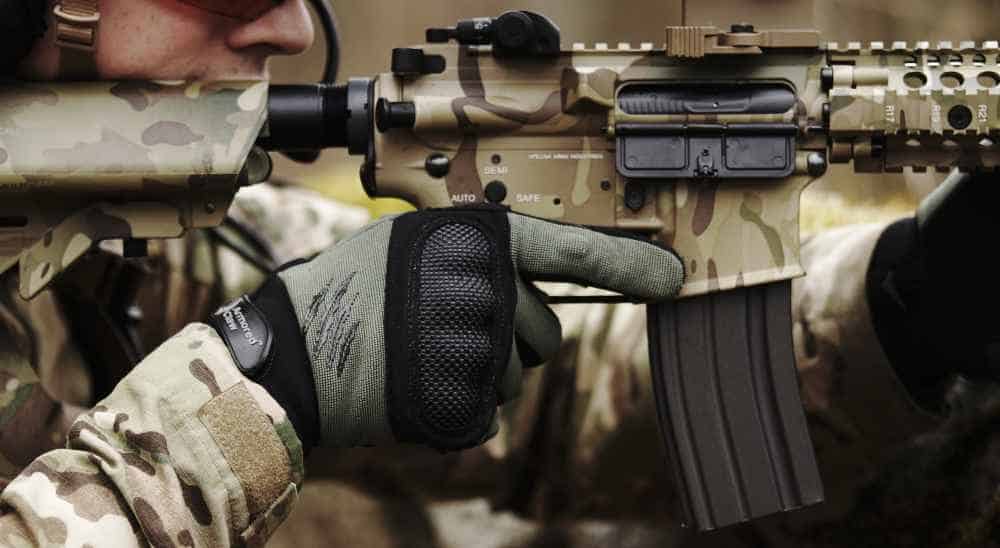
Training is only a very limited simulation in comparison to a real combat zone. Within a live hot- zone filled with loud noise and gunfire, it’s difficult to maintain cool and make the right decisions.
Training on 2D cardboard cutouts and live training simulations are not able to fully prepare for real-life scenarios. However, the possibility of XR can offer a more in depth training experience.
Synthetic Training Environment (STE)
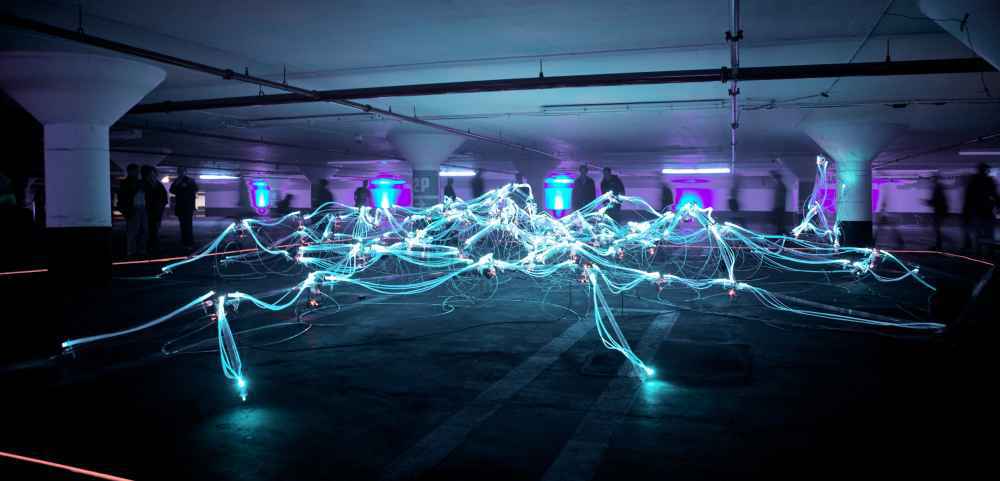
This is an AR system created with the aim of helping soldiers train in a more immersive way. Placing them into a more mentally and physically stressful operational environment.
The objective that STE developers pursue to overcome is to create a training option which allows commanders to establish more adaptive units with a higher degrees of readiness.
Industrial manufacturing
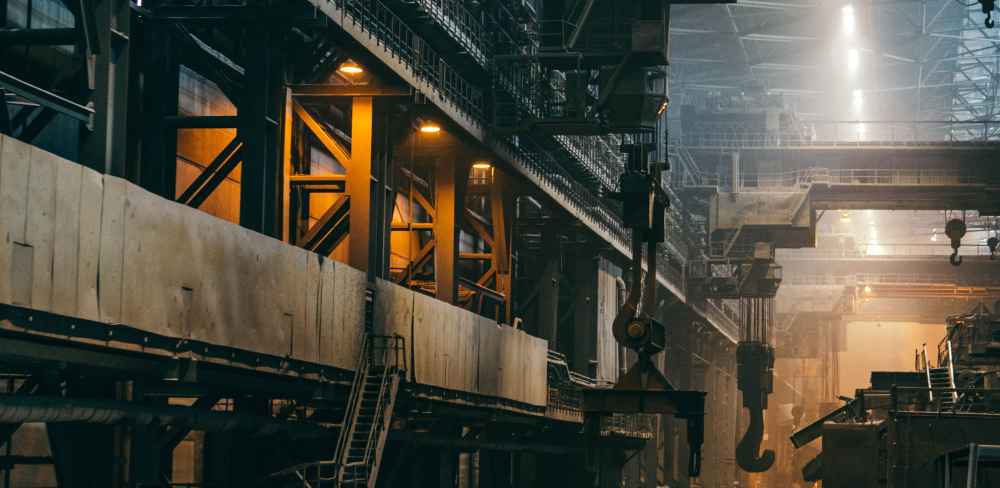
Although the benefits within this industry are only becoming transparent, the upward trend in hardware and in software for AR will see tremendous improvement. As with any young technology however, we’ve only begun to scratch the surface of what XR may do for manufacturing. I have discussed the topic of how augmented reality can benefit the construction industry in my previous article.
Complex Assembly
A modern manufacturing process involves putting together many thousands of pieces in a precise sequence in as short time as possible. This is both true for smart phones and jet engines. If you ask any 5 year old they tell you that an assembly project should come with instructions.
” Your work instructions tend to be these PDS that are hard to work through, plus they’re static documents, so they may be out of date.”
– Ash Eldritch, CEO and co-founder of Vital Enterprise, developer of augment reality software.
Making these instructions glance-able within the field of view along with hands-free voice-controlled activation creates better understanding. Breaking down instructions into digestible sections along with technical illustrations and supporting videos creates a streamline process. No more taking your hands off the project to reference a step.
Maintenance
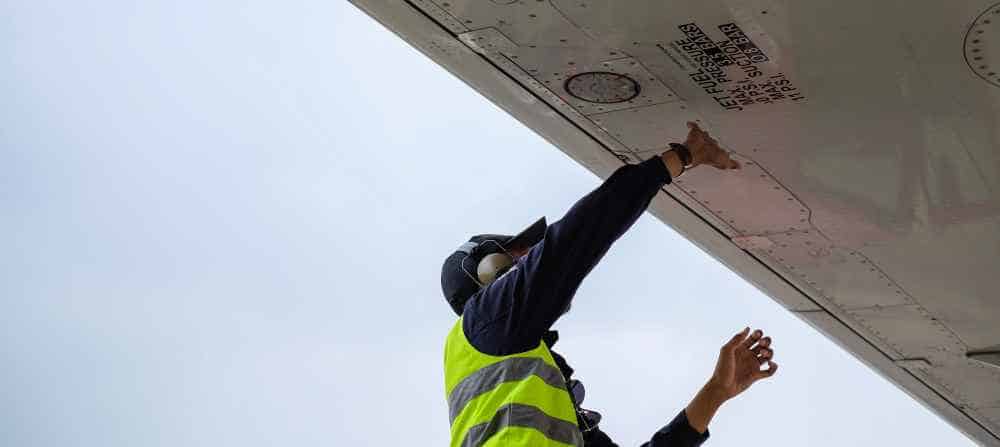
Beyond manufacturing products, AR may be used to aid in the maintenance of manufacturing equipment. The latest case example of this is Mitsubishi Electric. Mitsubishi has been developing maintenance-support technology using AR based on a 3D model which allows users to confirm the order of inspection on an AR display. Following this may enter inspection results with their voice.
Automation
A question that may be arising in your mind now may be this. Given the natural tendency for manufacturing’s trend towards increasing automation…. Why worry about improving a worker’s access to information if that worker will soon be replaced by a machine anyway?
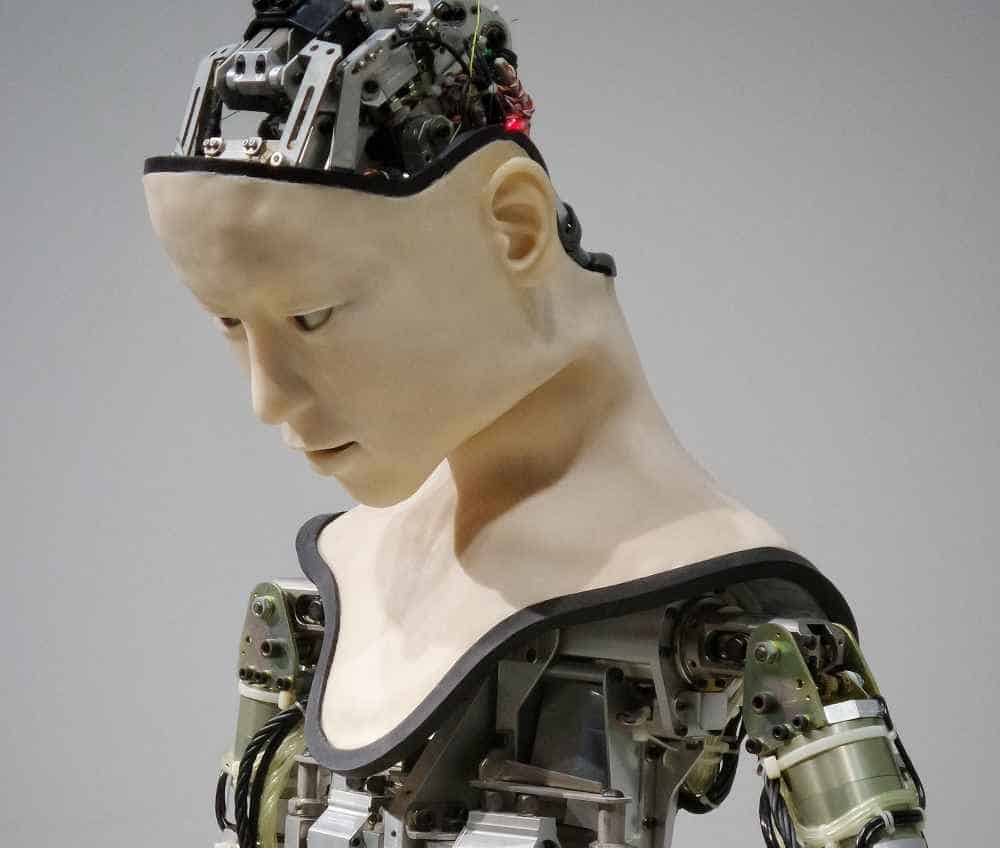
You may be right in the way that these technologies are competing, but not in a bad way necessarily. The aim here is to augment the capabilities of the worker. The idea is that the skill level of an individual may be elevated with the aid of mixed reality and artificial intelligence.
So as more jobs get automated, there will be a greater push of workers up the skill-chain creating a more competitive market. It’s important to remember that while there is the possibility of a future where machines make machines make machines… right now the greater need is for specialized workers who can support those machines which are more optimal for certain types of work than humans.
Entertainment

Have you ever watched the horror movie The Ring? … I have, and I was properly terrified. Granted I was seven at the time but the point still remains – it was scary as hell. The most memorable scene is the girl crawling out of the well and then out of the victim’s TV.
Now imagine her crawling out of the TV and into your reality? You get what I’m saying here. Now you will be terrified of your own home because you’ve seen the possibility.
The future of film and TV is to be more immersive and interactive. The whole basis of entertainment is to move us to a point of believing and experiencing on a greater scale. Interactive TV may use information on top of what the viewer is already seeing. This goes beyond the simple “WOW” factor. With this, there is the potential of having the line between TV and the internet becoming even more intertwined than they’ve already become with streaming media like Netflix.
It’s not all visual
Because for those of us who use sight as our primary sense its so easy for us to reference everything to a visual source. XR, thank goodness isn’t so selective and will go beyond a single sense within our present reality.
AR earbuds have become a thing. Doppler Labs is a company making this equipment and marketing their product as “the first earbuds with Real-World Sound Control.” How does this work exactly?
The earbuds created an augmented layer on top of real world audio, filtering out unwanted noise ( i.e. background traffic ). You may be thinking that technology like this has been around in the form of noise-cancellation. This goes beyond mere noise cancellation which doesn’t discriminate between the nature of the background noise (whether it’s birds chirping or highway construction). This is a selective audio modification technology.
The future of entertainment
The future of entertainment will depend heavily on technologies like VR and AR. Today many in the developed world carry a smartphone. This provides entertainment industry professionals with plenty of opportunity to engage with audiences in new ways as XR creates new avenues of interaction.
Banking

The digitally native generations “Millennials” and “Generation Z” are finding their identity increasingly tied to technology and various sources of social media. This pushes industries to alter their communication with emerging generations. This happens to better accommodate newer needs and thus capitalize on growth for an incoming population.
Different firms are looking at ways with which they can better communicate with their users. In this sense, a concept of virtual offices or virtual customer service is gaining momentum.
VR in banking
Imagine having a financial strategy and investment session with a bank rep in the comfort of your own home. By creating digital renditions of physical offices where customers interact with AI-powered agents in the shape of an avatar, will allow banks greater and more personalized reach.
AR in banking
Because one of the primary benefits of AR has been the overlay of digital layers of information on top of real-world environments, we see a big use for AR in the financial sector.
The firm BBVA has pioneered the development of the Valora View, an app which leverages the AR mapping technology and offers home buyers real world quotes on potential buy or rent options on surrounding property.
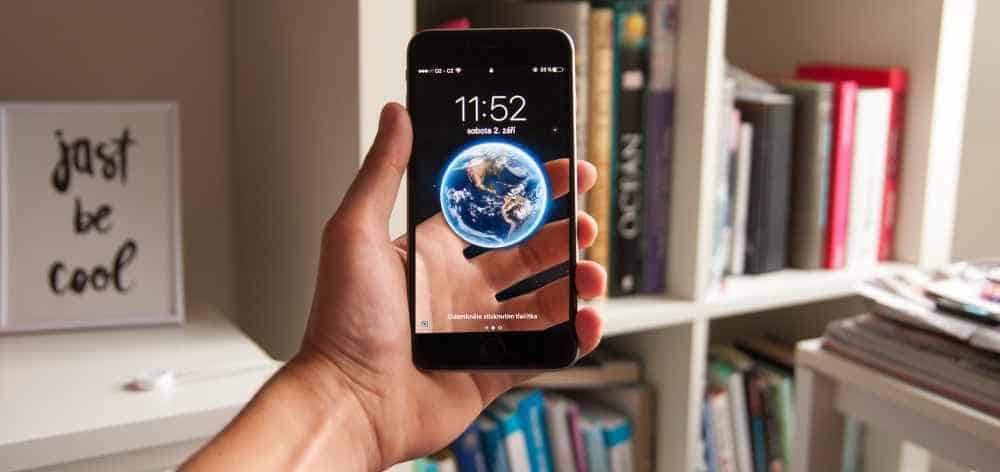
Found the perfect property in the trendy neighborhood you always wanted to live in? Great! Go for stroll and simply point your mobile device’s camera at the building or floor that you’re interested in. The app’s AR system will retrieve information on the available property options that are for sale or for rent.
This tool has the capability to offer information on the types of properties within the area, as well as, availability and price estimates. Users armed with this information will be in the position to negotiate the price of the property, having a market-backed approximation of how much they should expect to pay.
Insurance

Traditionally, distance has been a big problem for insurers throughout the history of the industry. It’s a problem because of its cost, inconvenience and inefficiency.
As we’ve established, distance is soon becoming a thing of the past where XR is concerned. It’s a smart move for insurers to turn to XR to improve access to customers and allow for visualization of abstract data. 84% of insurance leaders surveyed for the 2018 Tech Vision reported that it’s in the best interest of their organization to a be a pioneer in Extend Reality solutions. A similar percentage predicated that this will create a new foundation for information, communication, and interaction.
Companies that are active in XR Fields
Augmented Reality Stocks to Enhance Your Portfolio
Microsoft Corporation (NASDAQ:MSFT)

The HoloLens. As arguably the most market-ready, and marketable, AR/VR headset on the market, it’s a heavyweight competitor even if interest has been slow. If you are interested, I have previously also written about Hololens spectacular use cases in medicine.
In May 2018, Microsoft demonstrated two practical apps that would make use of the hardware: Layout and remote assist. Layout allows the user to visualize structural design beyond mere blueprints. Remote assist shares what you see with individuals who aren’t on the site.
AR/VR will inevitably become crucial especially in construction and engineering projects with the rising need for structural visualization. Microsoft certainly has the resources and influence to grow and market this product against emerging competitors. The fact that interest is rather low at the moment may present a unique opportunity to buy in at a low.
Axon Enterprise Inc (NASDAQ:AAXN)

Axon is not in the business of augmented reality… yet. The signs however, point that it will be an industry player soon enough. In 2018, the creator of TASERs and body-worn cameras suggested that VR and AR will be its next focus.
It’s not 100% clear what this will until. However, historical evidence of its target markets – military personnel and law enforcement – it’s a safe to assume that the company is planning ways in which to better equip and protect individuals who are in defensive and offense lines of work.
A market ready product is a few years away, but like any good campaign with a solid idea, the market is likely to reward upward momentum.
Microvision, Inc. (NASDAQ;MVIS)

Microvision – not to be confused with Microsoft with who they have no relation – is an indirect contributor to the world of Augmented reality. While they don’t create their own AR products, the company is a maker of lasers (and supporting technology ) that projects images and data onto the glass.
To date, the greatest application of the PicoP(r) technology has been in projection. Specifically, the projection of information normally found on a vehicle’s dashboard and windshield, allowing the driver to keep their eyes on the road. This concept is akin to that being used by Google Glass, Microsoft’s HoloLens and the like.
The fluctuating historical data on the Microvision stock quote suggests significant opportunity to invest before the need for the technology really takes off.
VR Stocks to Enhance Your Portfolio
Sony(NYSE:SNE)
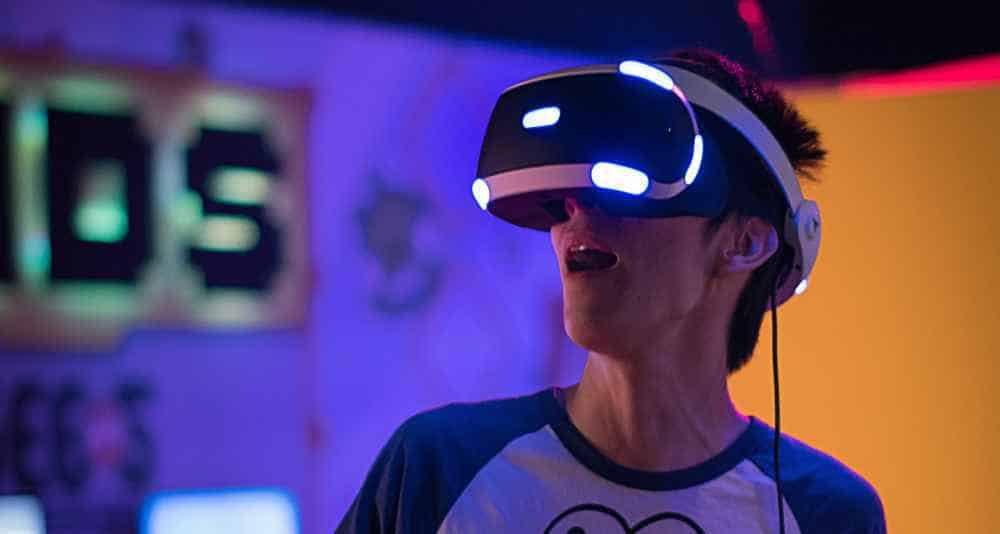
You may not know this, but Sony is currently the leader in virtual reality headsets worldwide. In August the company exceeded sales of 3 million PSVR headsets, exceeding the 1 million range for Oculus Rift and HTC Vive. A benefit contributing to Sony’s success is having sold over 73 million PS4 units, which power the PS4 headset. Nonetheless, users seem to favor the device’s value proposition over competitors.
The long term challenge for Sony will manifest in staying ahead of devices such as the HTC Vive Pro, ( which delivers graphics and performance for high-end users) and Oculus Quest, that will be great for mass consumption ). The other hurdle is that the PS4’s computing power will be a limiting factor for PSVR unless the company decides to make upgrades in 2019.
We can remain hopeful as there’s a rumor that Sony will upgrade PSVR with the release of the PS5, which is slated to be released in 2020 or 2021.
Facebook (NASDAQ:FB)

Although Facebook is a behemoth of a company and virtual reality is a relatively small segment of its business, Oculus is a giant in the world of virtual reality. It sits atop the throne as one of the two main high-end VR devices along with the HTC Vive. Oculus is currently in the midst of rapidly expanding its VR platform.
In 2018, it launched the Oculus go, which premiered as their low-end device specializing in 360 degree video, coming in at the accessible price point of $200. In 2019, Oculus is set to launch the Quest headset, which will be the first stand-alone VR headset, coming it at a smooth price point of $400.
This presents an opportunity to get more people on board. One of the greatest hurdles in the VR industry has been the high costs associated with the headsets. The high price point along with the requirement for a high-end gaming computer limits the market to those who are willing to make a significant investment in technology.
XR Current and Future predictions

1. AR and VR Become Enhanced with AI
Artificial intelligence (AI) technology such as computer vision that allows computers to “see” and then interpret what they see, are becoming big hits with consumers. As machine learning algorithms become increasingly more sophisticated in this domain, consumer facing products like Snapchat and Instagram filters will be bigger and better than ever.
2. VR and AR in Training and Teaching
As we’ve gone over VR and AR will fast become staples of the education landscape. As more people begin to use the technology in teaching and training practice it will experience a greater network effect.

As with the rise of distributed education in the form of open source learning such as MIT Opencourseware, Coursera, Udemy, Udacity, Lynda.com, etc. So will we see a rise in Apps for education in the form of VR and AR, potentially in the same opensource way.
3. Consumer Entertainment VR becomes Mega-Mainstream
There are a few kinks to work out in terms of creating a mass accepted app, and a market price which causes the tipping point for people to adopt the technology as a home staple like the computer or gaming console.
As stand-alone headsets incorporating powerful, dedicated computer technology hit the shelves, so will more realistic simulations with realistic simulated environments.
As the technology, price, and social acceptance climb past a certain threshold, we’ll begin to see AR and especially VR sour to the top of consumer product wish lists.

4. VR and AR environments become the new collaborative social
Part of the great appeal of social media platforms like Facebook has been the perception of being socially linked with people and events which hold value to us.
The ability to share virtual environments will alter the landscape from B2B conference calls to group chats. As the technology progresses we’re sure to see an increase of collaborative work in the virtual plane.
5. AR as a standard in vehicles
As with manufacturing the direct competition between AR and full ( level 5 ) automation isn’t a present concern. The point now, is to develop as much contextual information and safety for the driver as possible.
Two trends that may be called most significant which should break ground in vehicles will be voice assistants such as Alexa and Siri and in-car AR.
As the push for no hands assisted smartphone applications that connect via Bluetooth to the in-car stereo system, similar will be the push for voice assistants with the capacity to do most anything you’d be able to do while driving – allowing you to keep your hands on the wheel and your attention on the road.
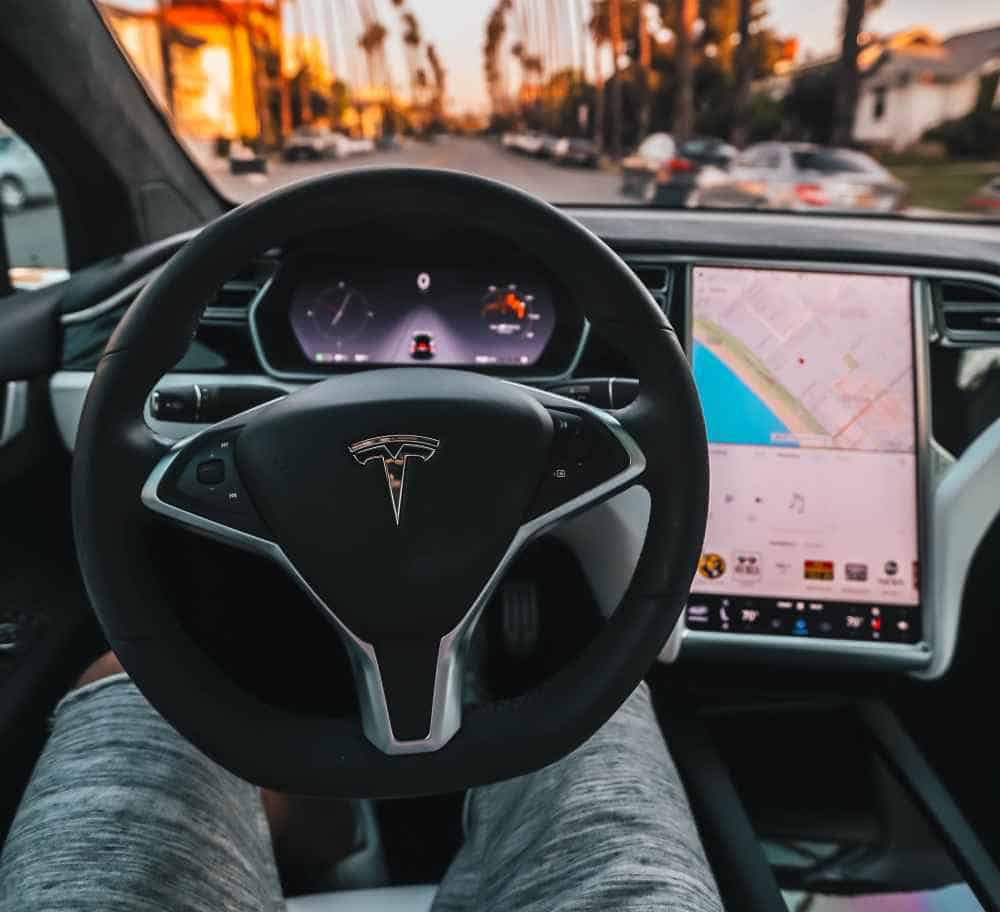
Dashboard mounted displays on the other hand, powered by machine learning, Nvidia’s DriveAR platform uses overlaying graphics on camera footage around the car to point out variables of interest such as hazardous objects to historic landmarks. Volvo, Toyota, Tesla, and Mercedes-Benz have all signed up to work with the technology.
Not only will this offer the capacity to maintaining a higher standard of safety, but it will also increase comfort and convenience by taking off a greater toll from the driver. In a few years we’re going to wonder how we ever lived without it.
Verdict and Conclusion
Extended Reality will soon become an extension of us. Today if we lose our smartphone we lose a part of us. Tomorrow the “us” we know of could be vastly different from the “us” of today. The only thing we can do is to keep moving forward and applying emerging technologies in a functional way that aim to increase rather than hamper the quality of our lives.
